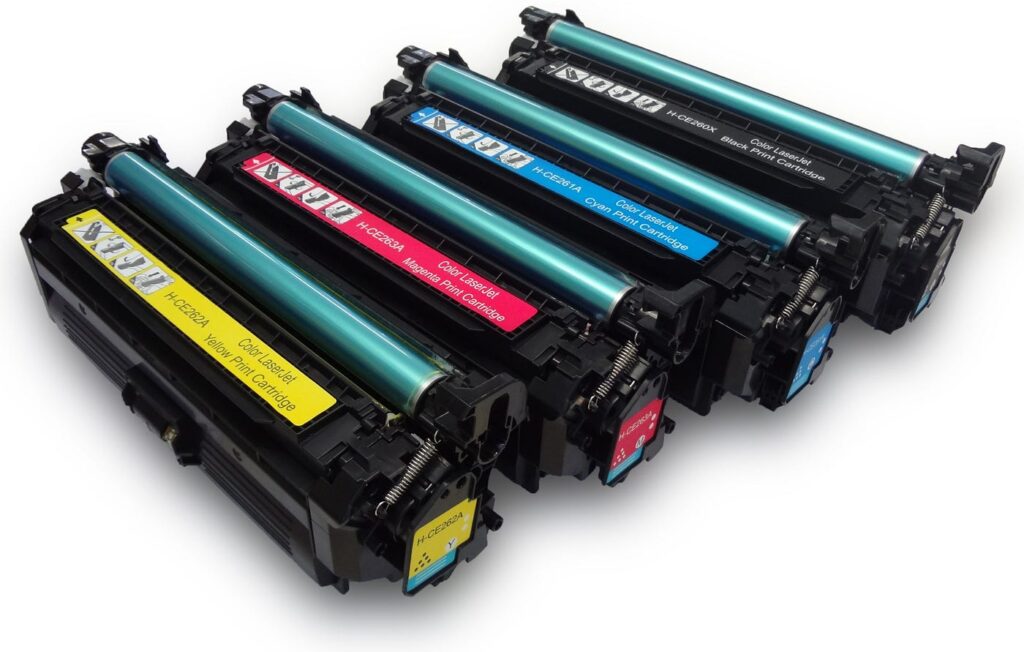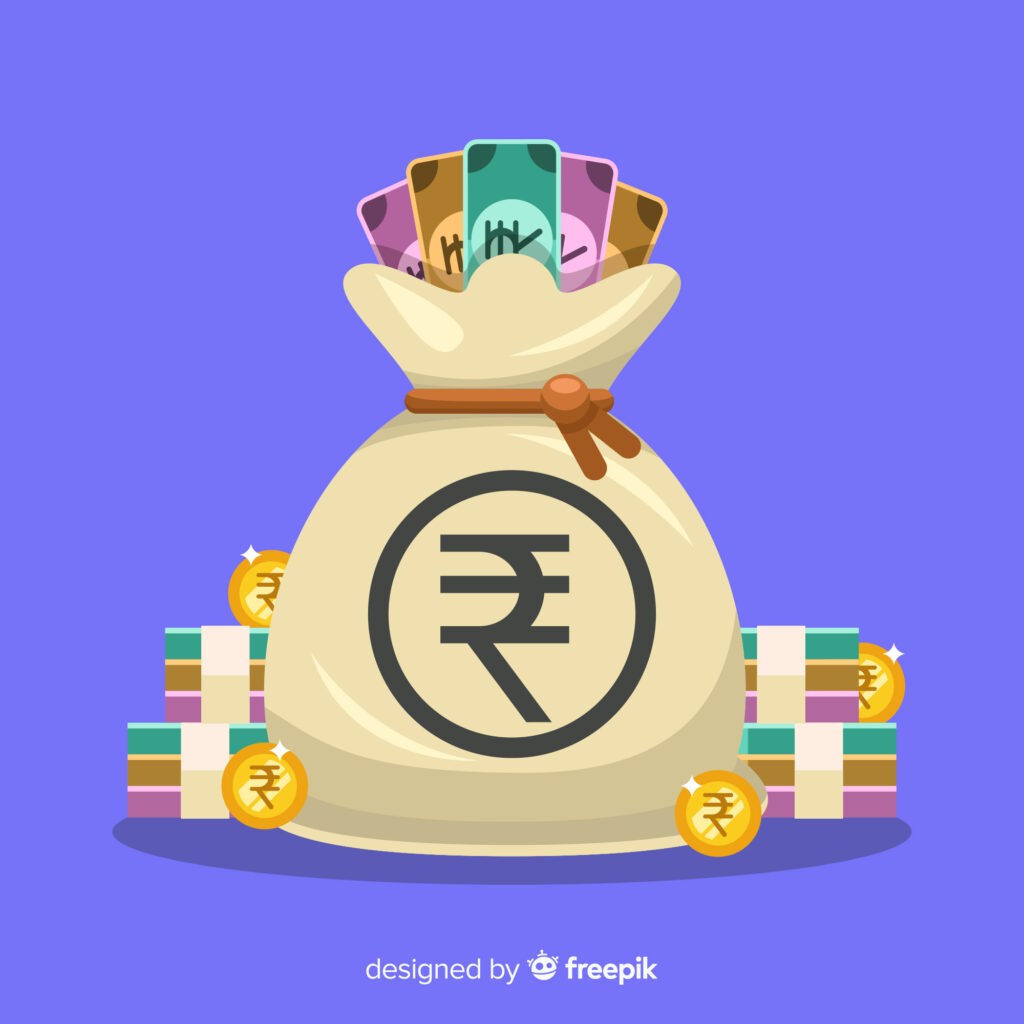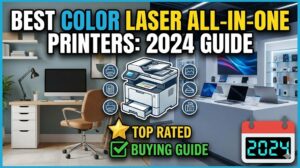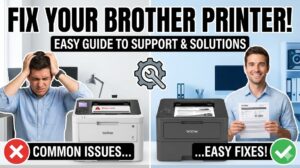Introduction
Cheap printer hidden costs can turn that tempting $50 bargain into a $500+ nightmare. While budget printers seem like smart purchases, they often hide expensive surprises that catch buyers off guard.
Many shoppers focus only on the upfront price tag. They miss the real expenses that come later. These hidden costs include expensive ink cartridges, frequent repairs, and poor print quality that wastes paper.
Smart consumers need to understand the total cost of ownership before buying. This guide reveals the truth about budget printer expenses. You’ll learn how to calculate real costs and make better printing decisions.
What Are Cheap Printer Hidden Costs?
Cheap printer hidden costs are the unexpected expenses that come after your initial purchase. These costs often exceed the printer’s original price within months of use.
The printer industry uses a “razor and blade” business model. Companies sell printers at low prices or even losses. They make profits from expensive ink cartridges and replacement parts.
Most budget printers cost between $30-80 upfront. However, the total ownership cost over two years often reaches $300-600. This includes ink, paper, repairs, and eventual replacement.
Hidden costs include:
- Expensive replacement ink cartridges
- Frequent maintenance and repairs
- Higher cost per page for printing
- Poor print quality requiring reprints
- Short lifespan requiring early replacement
- Compatibility issues with different paper types
Understanding these costs helps you make smarter purchasing decisions. The cheapest printer upfront is rarely the most economical choice long-term.
7 Ways Cheap Printers Drain Your Wallet

1. Expensive Ink Cartridge Replacement
Printer ink costs represent the biggest hidden expense for budget models. Cheap printers often require proprietary cartridges that cost $20-40 each.
A typical color printer needs four cartridges (black, cyan, magenta, yellow). Replacing all cartridges can cost $80-160. This amount often exceeds the printer’s original purchase price.
Budget printers also have smaller cartridge capacities. They require more frequent replacements than premium models. Some cheap cartridges print only 100-200 pages before running empty.
2. Poor Print Quality Wastes Materials
Budget printer problems include inconsistent print quality that forces you to reprint documents. Streaky colors, faded text, and smudged images waste paper and ink.
Low-quality prints also create professional problems. Important documents may look unprofessional or be difficult to read. This leads to reprinting costs and potential business losses.
Cheap printers struggle with different paper types. They may jam frequently or produce poor results on photo paper or cardstock.

3. Frequent Repairs and Maintenance
Budget printers break down more often than quality models. Common problems include paper jams, print head clogs, and mechanical failures.
Repair costs for cheap printers often approach their original purchase price. Many users find it cheaper to buy a new printer than fix the old one.
Maintenance supplies also add up. Cleaning cartridges, special cleaning solutions, and replacement parts create ongoing expenses.
4. Higher Cost Per Page
The true cost of printing depends on cost per page, not just initial price. Cheap printers typically have higher per-page costs due to expensive ink and low efficiency.
Budget inkjet printers often cost 15-25 cents per page for color printing. Premium models may cost only 5-10 cents per page despite higher upfront costs.
Calculate your expected printing volume before buying. Heavy users will save money with efficient printers, even if they cost more initially.
5. Short Lifespan Requires Frequent Replacement
Cheap printers typically last 1-2 years with regular use. Quality models often function well for 5-7 years or longer.
Frequent printer replacement creates additional costs beyond the purchase price. You must research new models, transfer settings, and install new software repeatedly.
Budget printer problems also worsen over time. Print quality degrades, and mechanical issues become more frequent as the printer ages.
6. Limited Connectivity and Features
Modern printing needs include wireless connectivity, mobile printing, and cloud integration. Many cheap printers lack these features or implement them poorly.
Missing features may force you to upgrade sooner than planned. You might need additional hardware or software to achieve desired functionality.
Some budget printers also have limited driver support. This creates compatibility issues with newer operating systems or devices.
7. Environmental and Disposal Costs
Cheap printers create more environmental waste due to frequent replacements. Disposal fees and environmental impact represent hidden costs to society.
Many budget printers also use more energy per page printed. Higher electricity costs add to your total printing expenses over time.

Smart Alternatives to Budget Printers
Consider these alternatives before buying the cheapest printer available:
Laser Printers: Higher upfront costs but much lower per-page expenses. Ideal for high-volume text printing.
Tank-Fill Inkjet Printers: These models have refillable ink tanks instead of cartridges. They offer very low per-page costs despite higher initial prices.
All-in-One Models: Quality multifunction printers provide printing, scanning, and copying. They often cost less than buying separate devices.
Printer Subscriptions: Some manufacturers offer ink subscription services. You pay monthly fees for automatic cartridge delivery, reducing per-page costs.
Common Mistakes When Buying Printers
Focusing Only on Purchase Price
The biggest mistake is choosing printers based solely on initial cost. Smart buyers calculate total cost of ownership over 2-3 years.
Research ink cartridge prices before buying any printer. Factor in your expected printing volume to estimate ongoing costs.
Ignoring Print Volume Needs
Light users might save money with cheap printers despite higher per-page costs. Heavy users almost always benefit from more expensive, efficient models.
Calculate your monthly printing needs. Include both text documents and color prints in your estimates.
Buying Printers with Starter Cartridges
Many new printers include “starter” cartridges with reduced capacity. You’ll need replacement cartridges sooner than expected.
Factor immediate cartridge replacement costs into your printer budget. This gives a more accurate picture of total costs.
Not Reading User Reviews
User reviews reveal real-world experiences with printer reliability and costs. Professional reviews may not reflect long-term ownership experiences.
Look for reviews from users with similar printing needs. Pay attention to comments about ink costs and reliability issues.
FAQs
Q: How much should I budget for printer ink annually? A: Budget $100-300 annually for ink, depending on your printing volume. Heavy users may spend even more on cheap printer ink costs.
Q: Are laser printers always more economical than inkjet? A: For text printing, yes. Laser printers have lower per-page costs and don’t suffer from dried ink problems like inkjet models.
Q: How can I reduce printing costs with any printer? A: Use draft mode for internal documents, print in black and white when possible, and buy compatible cartridges instead of brand-name ones.
Q: Should I repair a cheap printer or replace it? A: Replace cheap printers when repair costs exceed 50% of a new printer’s price. Budget printer problems often indicate broader reliability issues.
Conclusion
Cheap printer hidden costs make budget models expensive long-term investments. That $50 printer often costs $300-500 over two years when you include ink, repairs, and replacements.
Smart printer shopping requires calculating total cost of ownership, not just purchase price. Consider your printing volume, quality needs, and desired features before buying.
The most economical printer choice depends on your specific situation. Light users might benefit from budget models, while heavy users save money with efficient printers despite higher upfront costs.
Research ink costs, read user reviews, and factor in all ownership expenses. This approach helps you avoid budget printer problems and choose the most cost-effective option for your needs.
Protect Printer From Power Cuts & High Humidity: Complete Shield Guide Read More.




